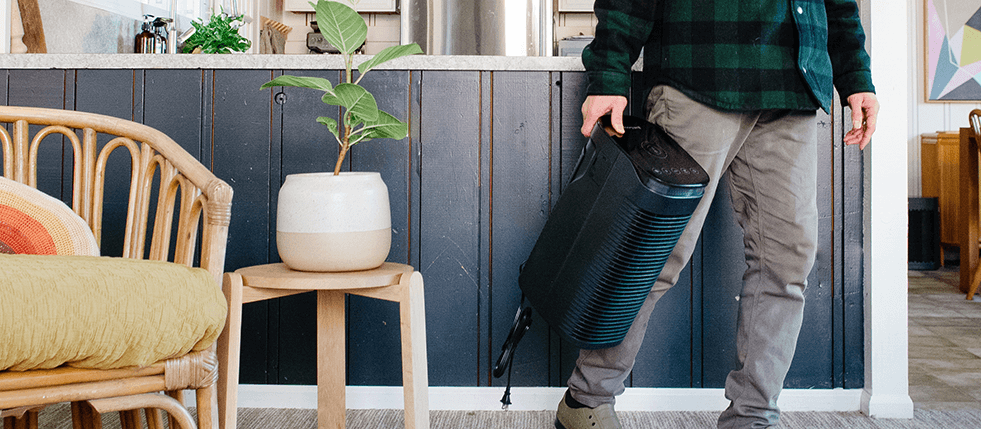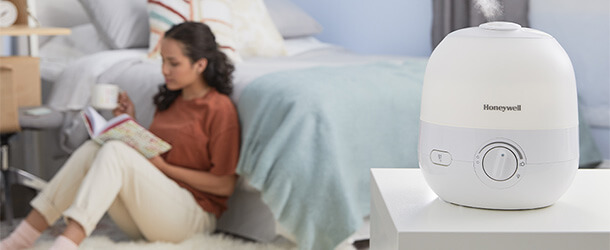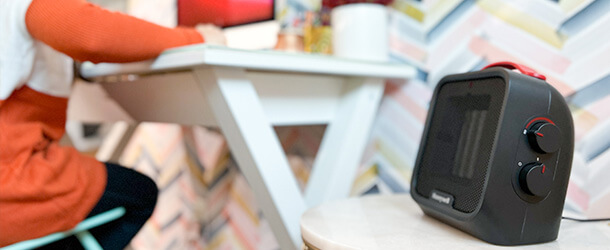Blog
How to Choose the Right Room Purifier for Improved Air Quality and Health Benefits
As air quality continues to be a pressing concern for health and wellness, choosing the right room purifier has become essential for households worldwide. According to the World Health Organization, 9 out of 10 people breathe air that exceeds the guideline limits for pollutants, which can lead to serious health issues such as respiratory diseases and cardiovascular problems. A properly selected room purifier can significantly reduce indoor contaminants, including allergens, smoke, and volatile organic compounds (VOCs), creating a healthier living environment. In fact, a study published in the Journal of Exposure Science & Environmental Epidemiology indicates that effective air purifiers can reduce airborne particulate matter by up to 99%, showcasing their potential impact on improving indoor air quality. As consumers increasingly recognize the importance of clean air for their well-being, understanding how to select the right room purifier becomes crucial in safeguarding health and enhancing overall quality of life.
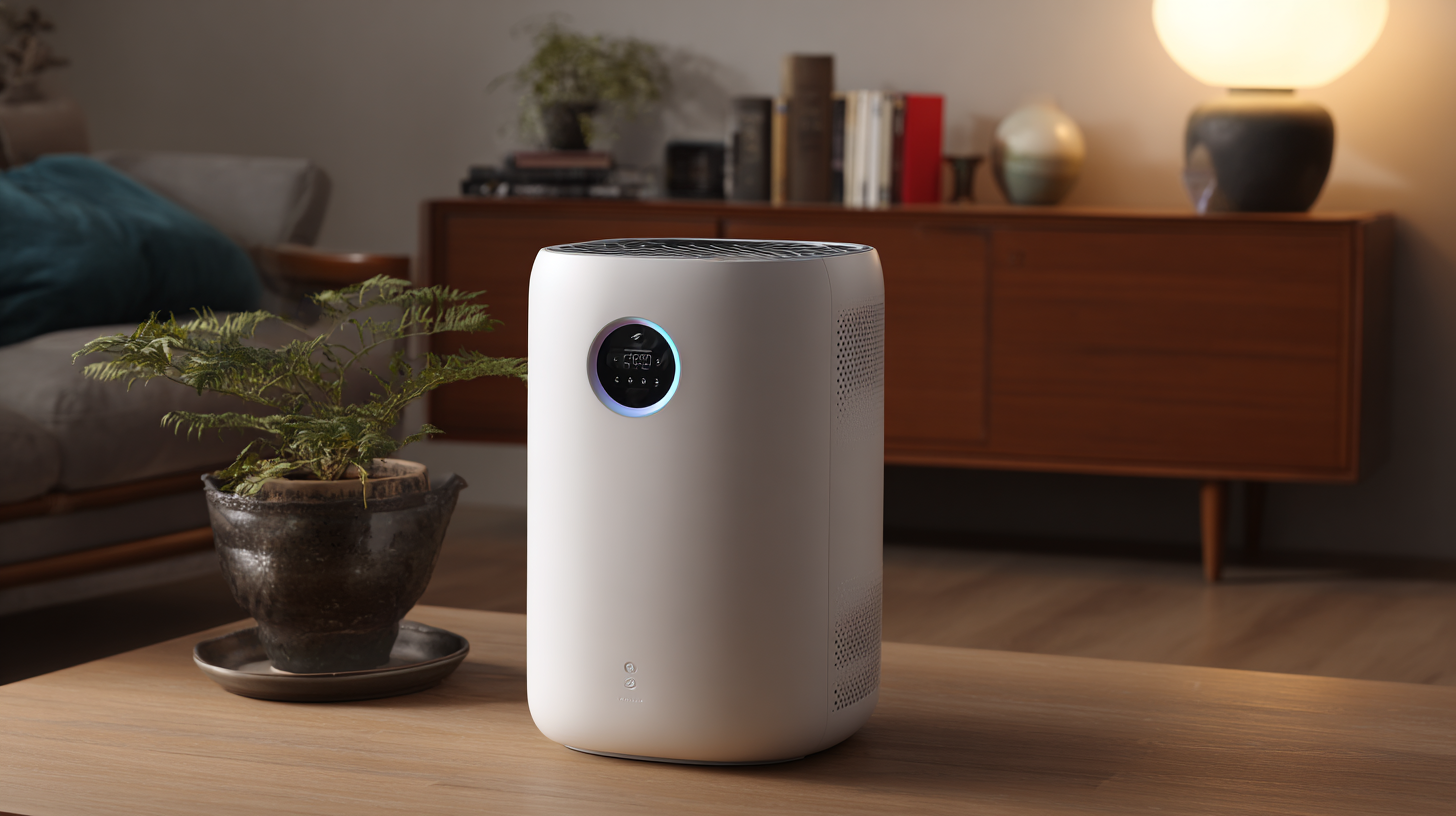
Understanding the Different Types of Air Purifiers Available on the Market
When it comes to improving indoor air quality, understanding the different types of air purifiers is crucial. There are primarily three categories: HEPA purifiers, activated carbon purifiers, and UV light purifiers. HEPA (High Efficiency Particulate Air) filters are highly effective at capturing 99.97% of particles 0.3 microns or larger, making them ideal for asthma and allergy sufferers. According to a study by the EPA, utilizing HEPA filters can significantly reduce airborne pollutants, including dust, pollen, and pet dander, which are common triggers for respiratory issues.
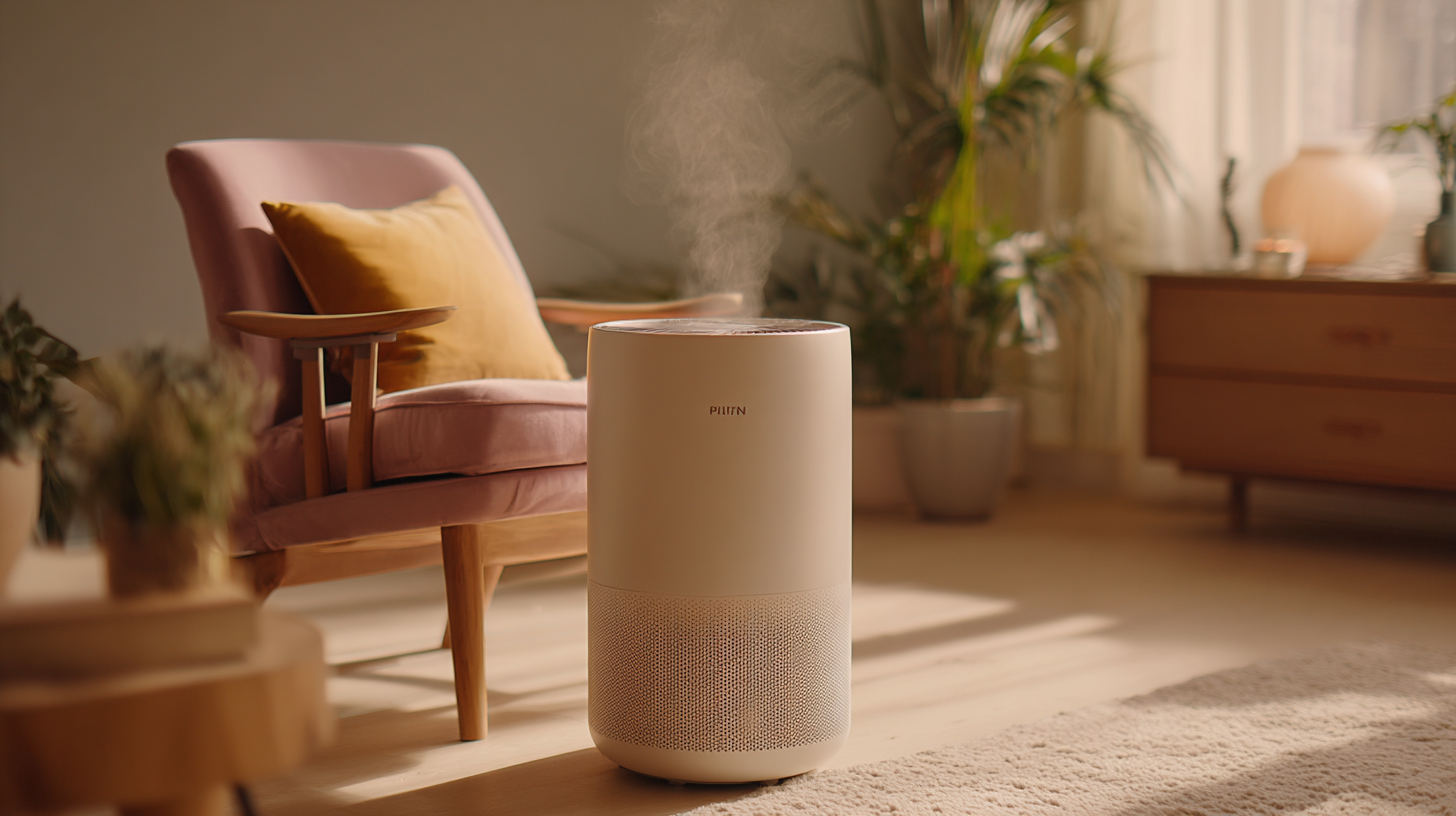
Activated carbon purifiers, on the other hand, excel in absorbing odors and volatile organic compounds (VOCs). These devices work by trapping harmful gases and eliminating unpleasant smells, creating a fresher indoor environment. The American Lung Association recommends activated carbon filters for those particularly sensitive to household odors and chemical fumes.
Furthermore, UV light air purifiers add an extra layer of safety by sterilizing the air as it passes through, effectively killing bacteria and viruses, which is especially beneficial during cold and flu season.
Selecting the right type of air purifier can lead to significant health benefits and enhanced well-being in your living space.
Key Features to Look for When Selecting an Air Purifier
When selecting an air purifier, it’s essential to consider several key features that will ensure optimal air quality and health benefits. First, look for the type of filtration system used. HEPA filters are highly recommended as they can trap 99.97% of airborne particles as small as 0.3 microns, including dust, pollen, and pet dander. Additionally, some purifiers also feature activated carbon filters, which are effective in reducing odors and harmful gases, making them a great choice for homes with pets or strong cooking smells.
Another important consideration is the purifier's Clean Air Delivery Rate (CADR). This rating indicates the volume of filtered air delivered by the purifier and helps you assess its efficiency in various room sizes. A higher CADR means faster purification, so it's wise to choose a purifier that matches the size of your room. Furthermore, look for additional features such as smart controls, air quality sensors, and quiet operation settings, which can enhance convenience and usability, helping you maintain a healthier indoor environment effortlessly.
Assessing Room Size and Airflow for Optimal Purifier Performance
When selecting a room purifier, understanding the dimensions and airflow of your space is crucial for ensuring optimal performance. Larger rooms, such as living areas, require purifiers with higher Clean Air Delivery Rate (CADR) to effectively filter contaminants. It’s important to match the purifier’s specifications with the square footage of your room. For instance, a unit intended for a small bedroom may struggle to maintain good air quality in a larger space, leading to inefficiencies and unfiltered air.
Airflow also plays a significant role in the effectiveness of a room purifier. A model with a robust fan can circulate air more efficiently, allowing it to draw in and clean the maximum volume of air within the space. Look for purifiers that offer multiple speed settings, enabling you to adjust the airflow based on your needs, whether you require high performance during pollen season or quieter operation at night. By considering both the room size and airflow characteristics, you can select a purifier that not only enhances air quality but also contributes to a healthier living environment.
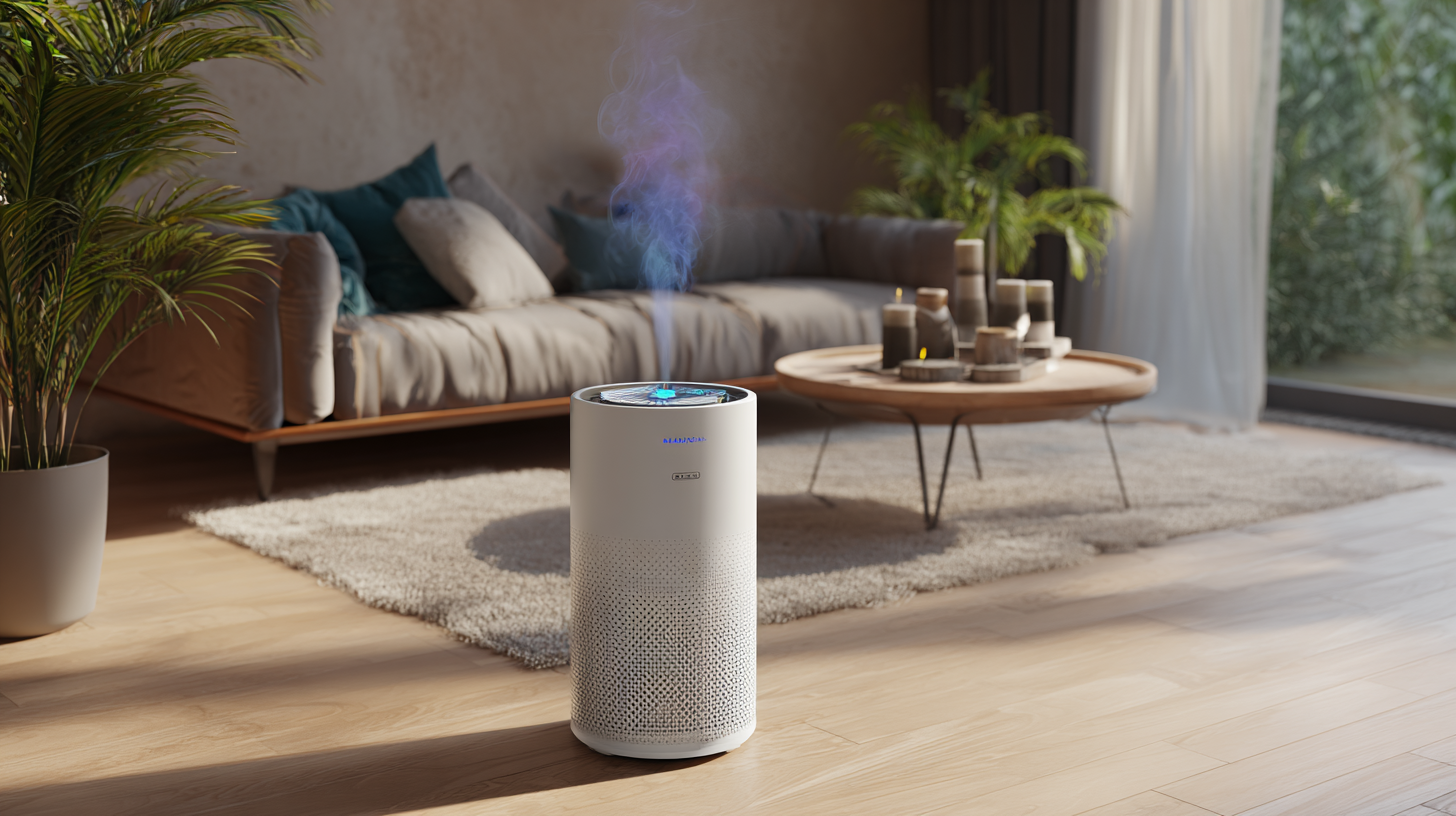
Budget Considerations: Finding the Best Value for Your Air Purifier
When selecting an air purifier, budget considerations play a crucial role in ensuring you make a sound investment without compromising on quality. With many options available, it's essential to identify air purifiers that not only fit your financial constraints but also deliver exceptional value in terms of performance and durability. Look for models equipped with HEPA filters, as they are highly effective at capturing airborne contaminants, allergens, and dust particles, significantly improving indoor air quality.
As you evaluate various air purifiers, consider features such as filter replacement costs, energy efficiency, and additional functionalities like smart sensors. For instance, some air purifiers come with real-time air quality indicators, allowing you to monitor your environment closely. Exploring budget-friendly options, while weighing performance and user reviews, will help you find the best air purifier that meets your needs and enhances your health and well-being.
Health Benefits of Using an Air Purifier for Allergies and Respiratory Issues
Using an air purifier can significantly enhance indoor air quality, especially for those suffering from allergies and respiratory issues. Air purifiers work by filtering out common allergens like dust, pollen, and pet dander, which can trigger allergic reactions and exacerbate respiratory problems. Regular use of these devices can lead to fewer allergy attacks, reduced asthma symptoms, and overall better respiratory health.
**Tips:** When choosing an air purifier, prioritize a model with a HEPA filter, as it is designed to capture 99.97% of particles down to 0.3 microns in size. Additionally, consider the size of the room where you’ll be using the purifier; ensure the device is rated for that space to maximize its effectiveness. Lastly, pay attention to the noise level of the purifier, as quieter models will be less disruptive, especially at night.
**Tips:** Regularly replace filters as recommended by the manufacturer to maintain optimal performance. Look for air purifiers with multiple filtration stages, including activated carbon filters that can effectively remove odors and volatile organic compounds (VOCs). This comprehensive filtration approach not only improves air quality but also contributes to a healthier indoor environment, particularly beneficial for sensitive individuals.
Impact of Air Purifiers on Allergies and Respiratory Issues
This chart demonstrates the percentage reduction in allergy symptoms among users over various time periods after starting to use an air purifier. Notably, there is a significant improvement in symptoms over time, indicating the positive impact of air purifiers on air quality and health.
Related Posts
-
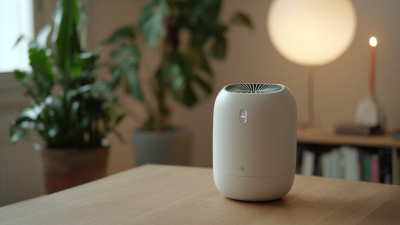
Exploring the Future: The Impact of 2025 Technology Trends on the Best Small Air Purifiers
-
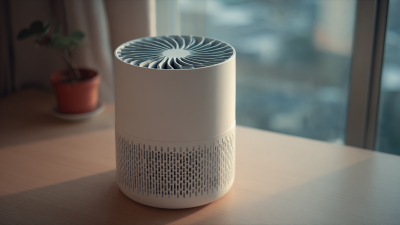
How to Select the Best Portable Air Purifier for Your Needs
-

The Future of Home Wellness with True HEPA Air Purifiers
-
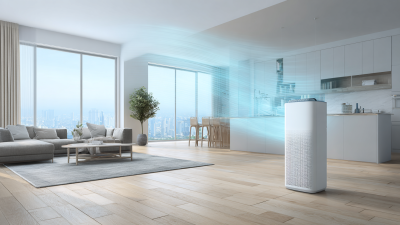
Future Innovations in Best Room Air Filters Shaping the 2025 Industry Landscape
-
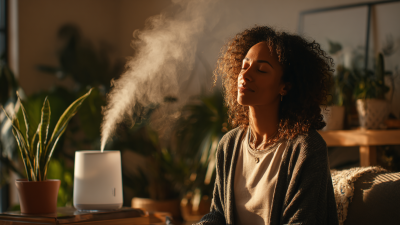
Understanding Import and Export Certifications for the Best Cool Humidifier in Global Markets
-

Maximizing Plant Health: The Essential Benefits of Using Humidifiers in Indoor Gardening





